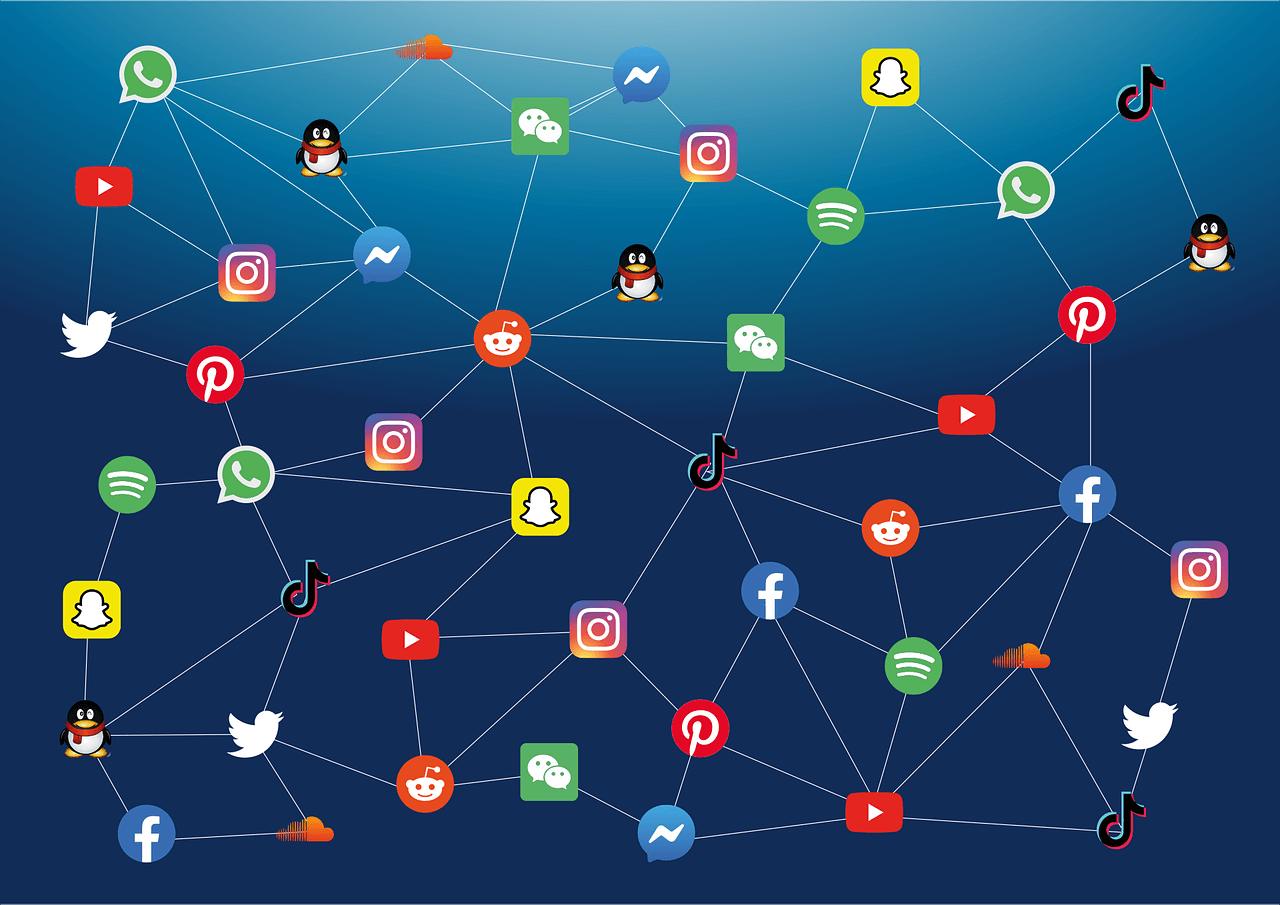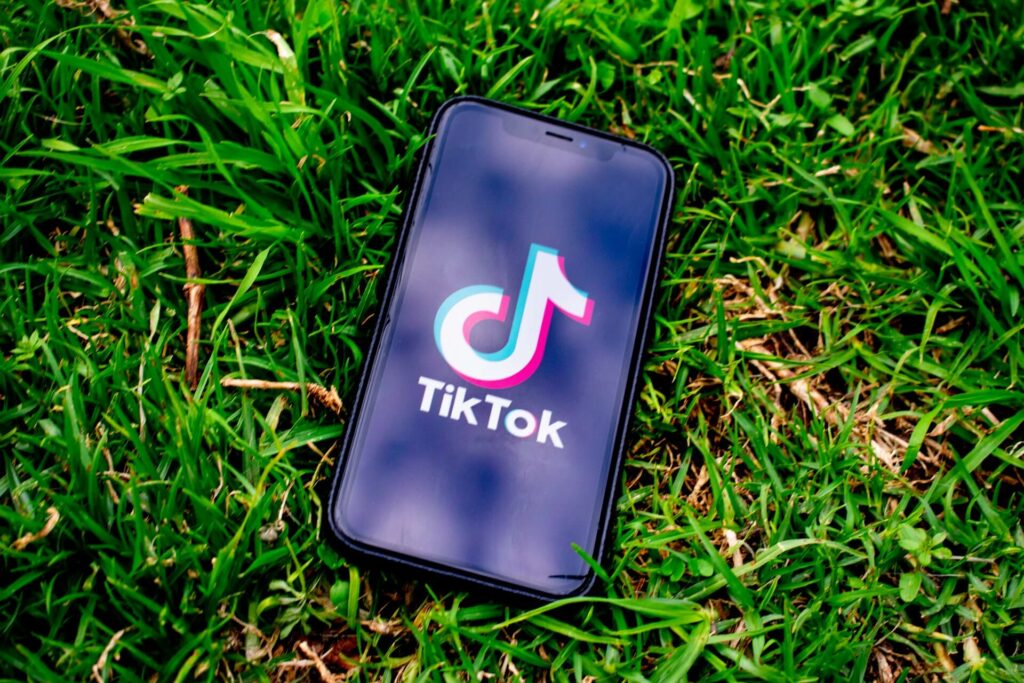
Imagine if every time someone searched Google for “the best things to do in YOUR CITY,” your company came up.
That’s the power of online travel marketing.
Whereas guests once found trip inspiration through ads in travel magazines, they now turn to search engines and social media for information. The traveler of today is making more and more travel decisions online, and increasingly booking flights, hotels, and tours from his or her own mobile phone.
Online marketing allows tour and activity operators to put their experiences at prospective customer’s fingertips.
Wondering how to build an online marketing strategy that’ll drive more bookings?
In this post, we’re going over 6 beginning marketing techniques and tactics you can begin implementing today.
- What is digital marketing?
- What are the top marketing trends?
- How to get traffic from Google
- How to get started with social media marketing
What is digital marketing?
Digital marketing refers to the process of promoting your brand across a number of online platforms, including social media, email, and search engines.
Most online travel marketing strategies encompass a combination of all of the above. For tour operators, this means sharing relevant content on the online platforms your customers use to research and plan their trips — the goal being to drive more bookings on your site.
Not sure how to begin building your strategy? Start by learning about the marketing trends that are most prevalent in the tourism industry today.
What are the top marketing trends?
From virtual tours to branded TikTok videos, there were a number of ways tour operators built brand awareness and stayed relevant during the pandemic.
One of the top online marketing trends still going strong in 2021 is virtual tours. Tour operators have found virtual experiences to be a great way to keep existing customers engaged when travel wasn’t possible.
Many also used social media, specifically Instagram and TikTok, to connect with guests on a more personal level. Instagram’s newest short-form video feature called Reels — which is similar to TikTok’s quick video content — opened a new channel for brands to experiment with.
Meanwhile, travel brands also realized the importance of reaching customers beyond social media. Tour operators are using SEO to appear in the very search engines your guests are using to research their trips.
Data-driven marketing is playing a role in marketing strategies moving forward, too. Tour operators are taking advantage of the wealth of data offered by their booking software to shape their strategies to fit an ever-changing market.
Speaking of changes, tour operators are also marketing new safety measures as a way to instill consumer confidence and drive more bookings in a post-pandemic world.
How to get traffic from Google

One of the most efficient ways to bring more people to your website is by leveraging the power behind SEO.
SEO is the process of optimizing your website for specific keywords, or search phrases, that you want to rank for on Google.
It helps to think about your ideal customer and the kind of questions they would ask when planning a trip to your destination. Then begin creating blog content that answers those questions.
Writing for the purpose of advertising or marketing your brand online is called copywriting. This is when your copy, or writing, aims to generate brand awareness and ultimately convert viewers into customers.
Here are seven SEO copywriting tips to help boost your website’s ranking on Google.
1. Identify your target customer
When you know whom you’re trying to sell to, you can better tailor your content for that person.
Once you know who your target customer is, it helps to use a keyword research tool like SEMrush or Ahrefs to find out what they’d be searching for before booking a tour or activity with your company.
This is how you can come up with a list of keyword phrases that specifically focus on the needs and wants of your ideal customer.
2. Use target keywords
There are a few things to look for when choosing target keywords to rank for on Google.
Focus on long-tail keywords like the phrase “what are the best tour companies in Austin?” overbroad searches like “Austin, Texas.” Long-tail keywords typically signal that your customer is ready to make a purchase.
You’ll also want to look at keyword volume and competition. The higher the keyword volume, the more people are searching for it. But high-volume keywords also tend to be harder to rank for.
The best kind of keyword is one that has a high volume and low competition.
3. Match search intent
Every blog post you write should match the user’s search intent or the primary purpose behind their Google search.
When someone performs a Google search, they’re typically looking for a very specific answer or resource. Someone searching for the history of Austin has a different search intent than someone searching for the best outdoor activities in Austin, for example.
A good way to find out if your content matches a keyword’s search intent is to compare it to the websites already ranking for that keyword.
Those are the articles Google has deemed relevant for that topic — now it’s your turn to write something that’s even better.
4. Meet customers where they are in their customer journey
The best way to drive more bookings through SEO copywriting is to create content that matches where your customers are in their buying journey.
Someone who’s searching for family activities in Austin is more likely to book a tour than someone who’s searching for the best places to visit in the summer.
The latter is still looking for inspiration, or what Google has defined as the “dreaming” phase of the travel search process. The more narrow the search, the more likely the customer is ready to buy.
5. Write compelling, high-quality content
You’ll need to create compelling, high-quality copy to outrank competitors on Google.
It’s a good idea to analyze the existing pages that are already ranking for a keyword to understand what kind of content Google is prioritizing for that relevant for that query. Your goal is to answer your guest’s search as completely as possible — in a unique and better way than the existing top 10 results.
You also want to present information in an organized way. Headlines, infographics, and photos can help make your blog easy to digest.
6. Follow on-page SEO best practices
Your keywords need to be present in specific locations within your article so that Google understands what your content is about.
On-page SEO best practices mean including your primary keyword in the:
- Title tag and meta description
- Blog URL
- Headline
- At least one H2 tag
- A couple of times in your blog copy
- Image file names
- Alt image tags
How to get started with social media marketing

Many small businesses find that social media marketing is a great way to build brand awareness, engage with existing customers and reach new audiences.
If you’re overwhelmed with the number of platforms available, you should start with the ones most relevant for your niche.
For tour operators, those are usually Instagram, TikTok, and Facebook. Here are some tips to kickstart your marketing strategy in each.
Instagram is a visual platform that guests often turn to for trip inspiration. Here are five tips to begin marketing your tours and activities on Instagram:
- Share photos from your tours: People love seeing other people experience tours and activities because it gives them a visual representation of what to expect.
- Work on your hashtag strategy: You can include up to 30 hashtags on every post. These hashtags should be relevant to your niche and what’s shown in the photo. Try to avoid broad, overused hashtags like #travel.
- Let your analytics tell you when to post: When you make your company’s Instagram page a business account, you get access to helpful analytics, including the time of day your audience is most active.
- Share user-generated content: Encourage your guests to share their experiences. You can ask them to tag your account or use a hashtag that represents your brand. Eventually, you’ll have enough content to begin sharing these posts on your company page.
- Use Instagram’s latest features: Instagram is known for often rolling out new features, most recently Instagram Reels. The app’s algorithm works in your favor when you use all of the features available to you.
TikTok
TikTok is the most popular new social app on the market. It’s a great place to begin experimenting with short-term video content to attract new customers. Here are five tips to get you started:
- Keep your videos light and fun: Most TikTok videos are 15 to 30 seconds long. Viewers digest videos really quickly on the app, so you want to keep your content light and fun.
- Use trending songs: Songs often go viral on TikTok. If you use them on your own videos, your content has a better chance of reaching more people.
- Become a destination expert: Sharing informative videos about your destination can help you establish authority as a local tour operator.
- Adapt trends to your own niche: Trends are a big part of TikTok. They can range from a dance challenge to a video collage of photos soundtracked to a trending song. Brands often take these trends and adapt them to their own relevant topics.
- Include a link to your website in your bio: The more your videos are seen, the more people will check out your profile page. Having a link in your bio with a description like “book your tour here” can help drive traffic to your site.
Facebook gives tour operators a lot of control over ads, allowing you to target virtually any group of people anywhere in the world. Here are five tips on how to promote your business on Facebook:
- Invest in Facebook ads: You can use ads to generate brand awareness and increase bookings by targeting a specific group of people within your market.
- Promote your deals: Facebook is a great place to promote deals, special offers, and one-off events.
- Keep business information up to date: Guests might head to your Facebook page to find updated business hours, location, and other information.
- Respond to messages and comments: This shows your guests that there are real people working behind the scenes and that you’re a responsive company.
- Be consistent: Consistency is key in social media marketing. You don’t have to post every single day, but it helps to keep a consistent posting schedule.
Now that you’re equipped with the best digital marketing techniques for tour operators, it’s time to put these tactics to the test.
Use this guide as a road map for your own online marketing strategy — and you’ll start securing more bookings in no time.




